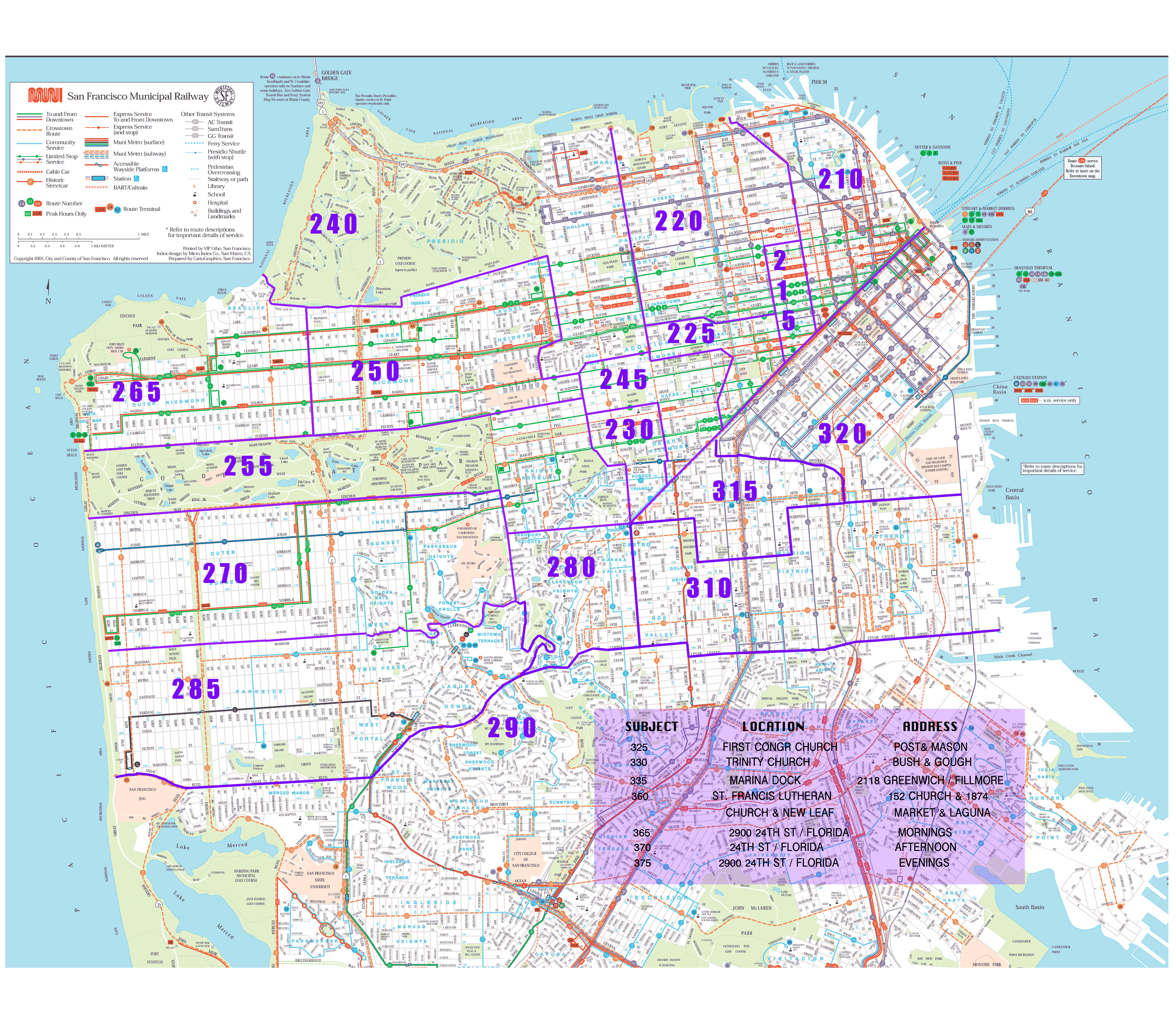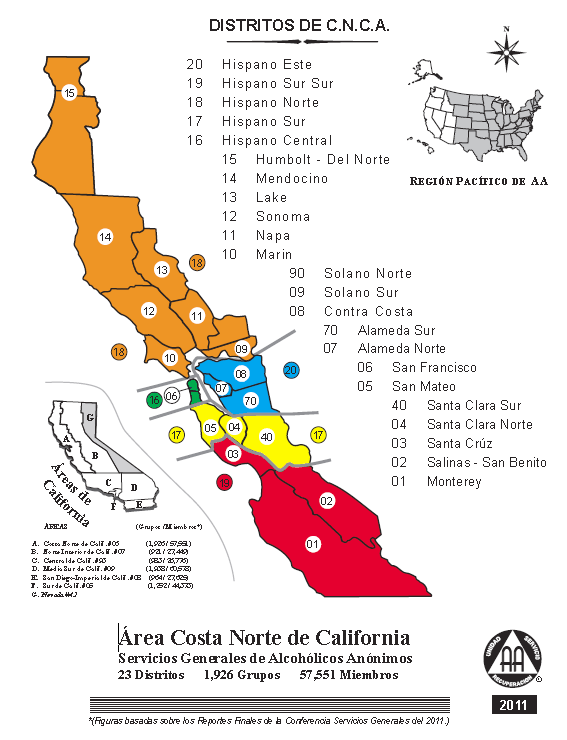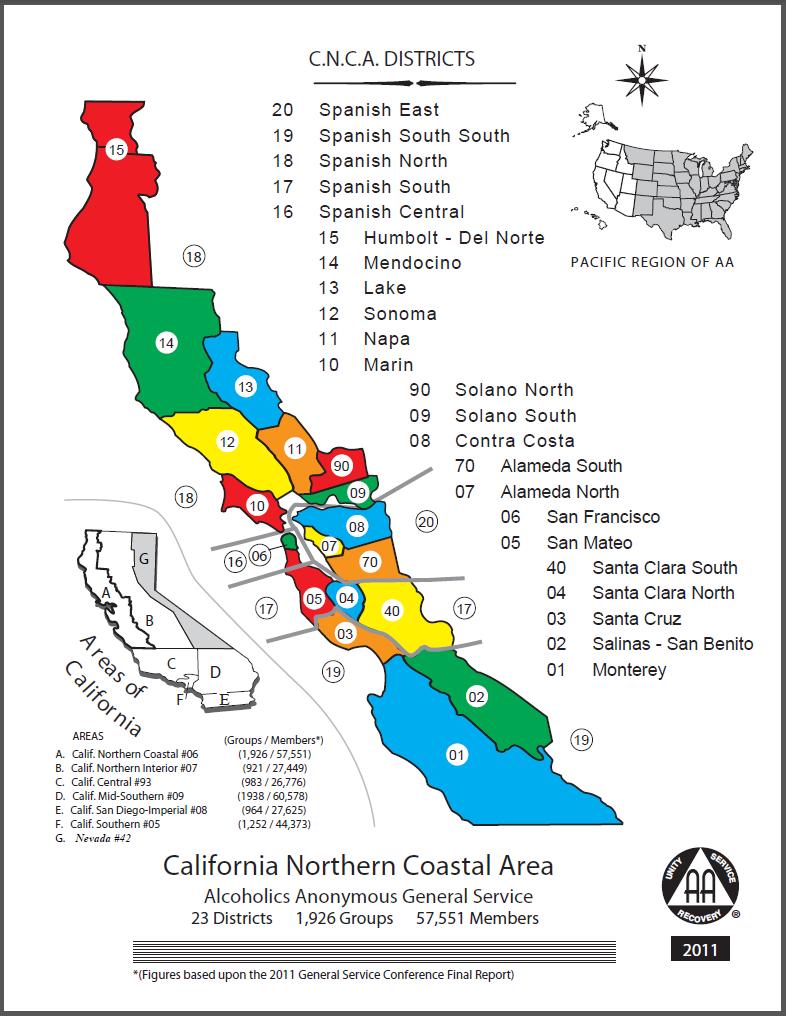Group Inventory Format [PDF]
Sample Code of Conduct for a Group Inventory [PDF]
Planning a Group Inventory [PDF]
Sample Inventory Questions (p.29 The AA Group) [PDF]
Traditions Checklist from A.A. Grapevine [PDF]
Why hold a Group Inventory?
“Many groups periodically hold a ‘group inventory meeting’ to evaluate how well they are fulfilling their primary purpose: to help alcoholics recover through A.A.’s suggested Twelve Steps of recovery. Some groups take inventory by examining our Twelve Traditions, one at a time, to determine how well they are living up to these principles.” The AA Group pamphlet
“A business which takes no regular inventory usually goes broke. Taking a commercial inventory is a fact-finding and fact-facing process. It is an effort to discover the truth about the stock-in-trade.” Alcoholic Anonymous, Chapter 5 “How It Works” p.64
Group Inventory Best Practices
- No decisions are made; this is not a group conscience or business meeting.
- A consensus is possible, but not necessary.
- All members agree to work together to complete the inventory.
- Members do not interrupt when someone is speaking.
- A good idea can come from anywhere.
- Members agree to treat one another with dignity and respect.
Planning a Group Inventory
- Establish if and when your group regularly holds an inventory. Some groups have a custom of having their inventory on an annual or bi-annual basis. Other groups wait to hold an inventory until a need is expressed.
- Identify an “outside” facilitator and note-taker. VERY IMPORTANT: All members of your group should be able to participate equally in the inventory, including the GSR and group officers. This is why it is recommended that an outside member facilitate the inventory. For help finding a facilitator, contact your District Chair (DCMC), Alternate Chair or local District Committee Member (DCM).
- Schedule your Group Inventory. It is suggested this be held on a separate day and time from your regularly scheduled business meeting. Depending on the size of your group, an inventory can take anywhere from 1 hour (small group) to 3 hours (large group). You can also break up the inventory over several sessions.
- Select the Inventory Questions. Experience has shown that 6 – 12 questions is a realistic number of questions for an inventory. It is always best for the group to approve the final list of questions. This can be done in a business meeting or electronically through a polling website. Sources for inventory questions can come from The AA Group pamphlet (p.29), The Traditions Checklist from the A.A. Grapevine, Safety and A.A.: Our Common Welfare by A.A. World Services, and of course, specific questions can be proposed by your group members.
- Decide on a format for the inventory meeting. Many groups use a round-robin format, where each member get a chance to share for a pre-determined amount of time i.e. 2 minuts, 90 seconds. Your outside facilitator can help advise you.
- AFTER THE INVENTORY: The note-taker will provide your group with minutes from the Group Inventory. These minutes can be reviewed in a business meeting or in a Ad Hoc committee, to determine if any action items or possible motions should be considered.




